In this Internet age, communication between equipment and networking are common in many forms. Because of this, how do we choose the best communication interface based on their features, benefits and limitations?
In industry the use of various communications interfaces is very common, the main types are as follows: RS232, 485, LAN, GPIB, USB, Wi-Fi, fibre, etc.
1. RS232
RS232 communication is a simple option and can be implemented using a standard null or straight serial cable depending upon the equipment requirements. Cable costs are low, but the transmission speed is slow and is not suitable for long distance communication. Consumer PC’s have gradually removed this interface, currently it is applied more in industrial computers and some communication equipment.
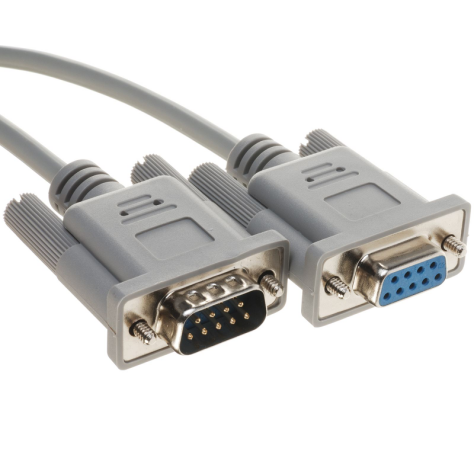
2. GPIB
The best feature of GPIB is it’s of a bus to connect a number of instruments to form an automatic test system. The communication rate is low, commonly used to send control commands, suitable for a small electrical laboratory or in a production environment. As ordinary PC’s and IPC’s do not commonly provide a GPIB interface, you need to install a dedicated control card and install drivers before you can make communications.
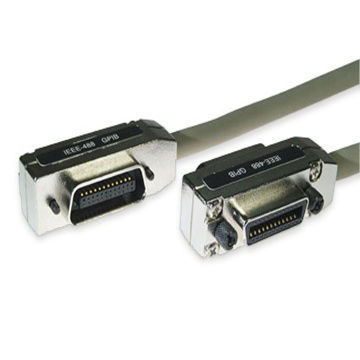
3. LAN
Currently most equipment is embedded with one or more LAN networking interfaces, commonly known as Ethernet. It allows flexible networking, multi-point communications, no limit transmission distance (using routers/switches), high-speed, etc.
The role of the interface itself is mainly used for routers and LAN connection, In the instrument and system integration industry, most engineers will choose control their instruments through this network port.
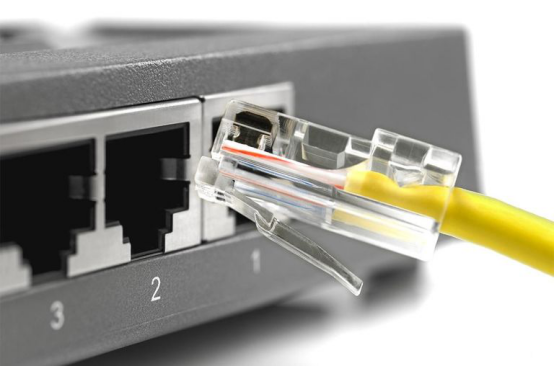
4. USB
Is the most commonly used interface, and used for connection, communication and power supply between computers and devices. USB comes in several main variants USB 1.0, USB 2.0 and USB 3.0 but also in types of protocols dependent upon what is to be connected for example communications between a device and a PC or mass storage from a device or PC, etc. There are several different connector types for compact solutions in mobile devices but the most common type in instruments is the standard A and B type plugs and sockets.
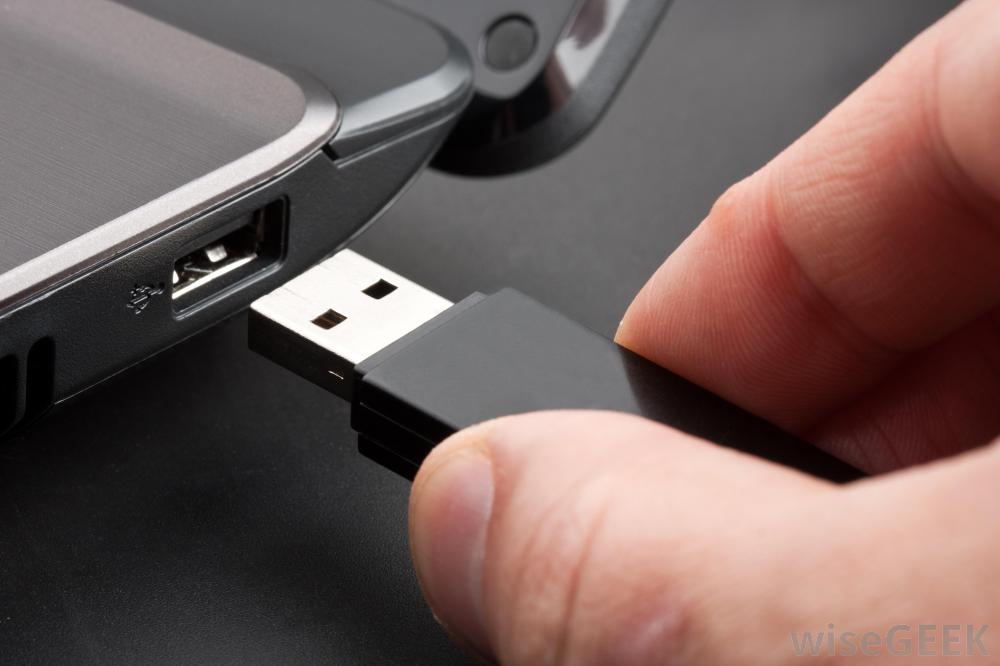
5. Wi-Fi
Wireless connections are a very important means of communication, it is characterized by no physical line connection and fast transmission speed. There are many instruments and equipment with inbuilt Wi-Fi (802.11) wireless interfaces.
You can connect instruments to a wireless router, or smartphone Wi-Fi hotspot. You can also directly connect to the instrument in AP (Access Point) mode allowing connection without the need to connect to an external Wi-Fi network.
The OWON XDS series oscilloscope is available with Wi-Fi communication as an option, it supports Wi-Fi AP and Wi-Fi STA mode: These interfaces all you to control in real time and display waveforms through the app or software. You can form a device control system were users can manage the devices through OWON’s management software, allowing you to reduce wasted time checking devices on site.
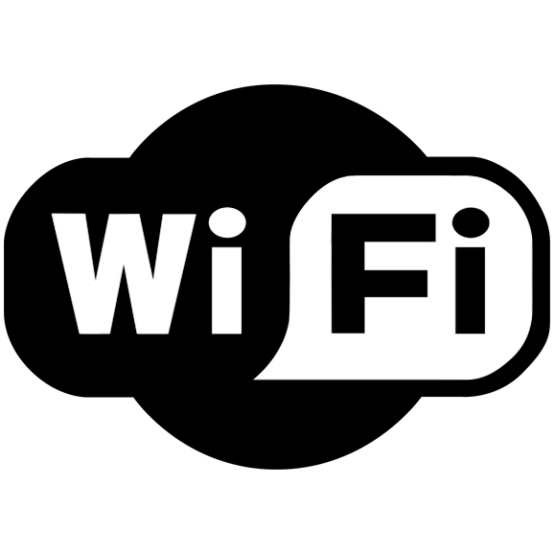
Sum up
1. If it doesn’t require high communication rate, do not need long-distance communication, only one host, an instrument. Serial port can start measuring more quickly.
2. When you need to connect with the calibration source, signal generator and other instruments at the same time, and they all provide GPIB interface. Then you can change the communication mode of the device to GPIB, which can form a small network.
3. Ethernet interface is our recommended connection term, short-range communication can be solved by connecting a twisted pair directly with the IPC, or laptop. When comes to long-distance communication, you can also increase the switch to enable a host controlling a number of instruments.
製品情報
- 【新製品ニュース】12ビット高分解能モデル続々登場!OWONの多機能デジタル・オシロスコープ3シリーズを新たにラインアップ
- 即日出荷で確実に納品!3月末まで!
- 【実機展示開始】実機展示が東洋計測器ランド本店でスタート
- 【キャンペーン】OWON社スペアナ購入で「EMI対策用近傍界プローブ、RFケーブル」をもれなくプレゼント
- 国際 カーエレクトロニクス技術展2024 に出展
- OWON SDS1000シリーズオシロスコープと定番超入門書の特別コラボレーション
- 【教育現場必見】1台4役!万能計測器がすごい | OWON FDS1102
- OWON、東京ハムフェアで最新スペアナ技術を披露!好評を博す
- ハムフェア2023に出展決定!実機体験でお得なクーポンも進呈!
- OWONとPINTECHが戦略提携協議を締結し、計測機器市場で新たな展開を目指す
